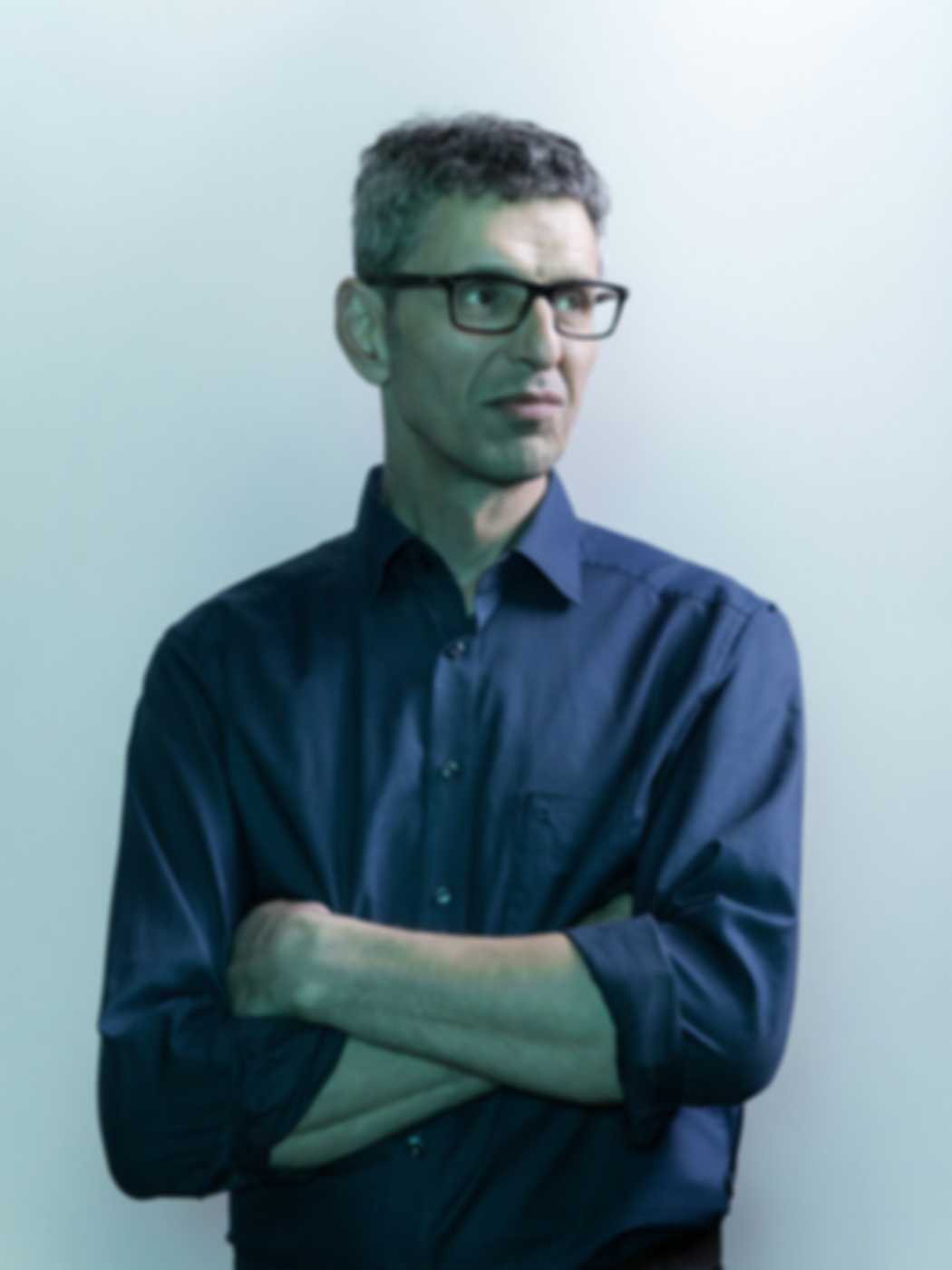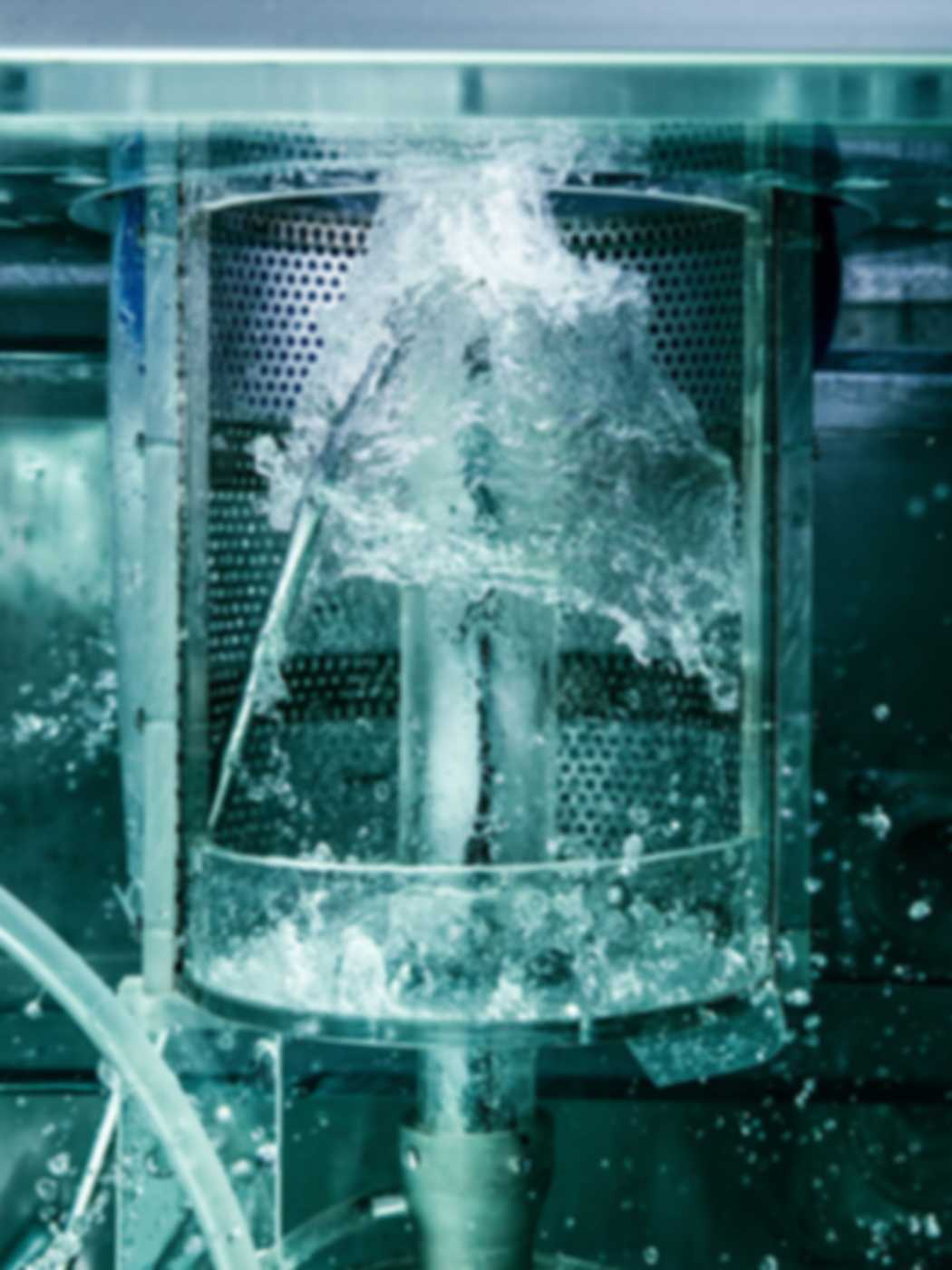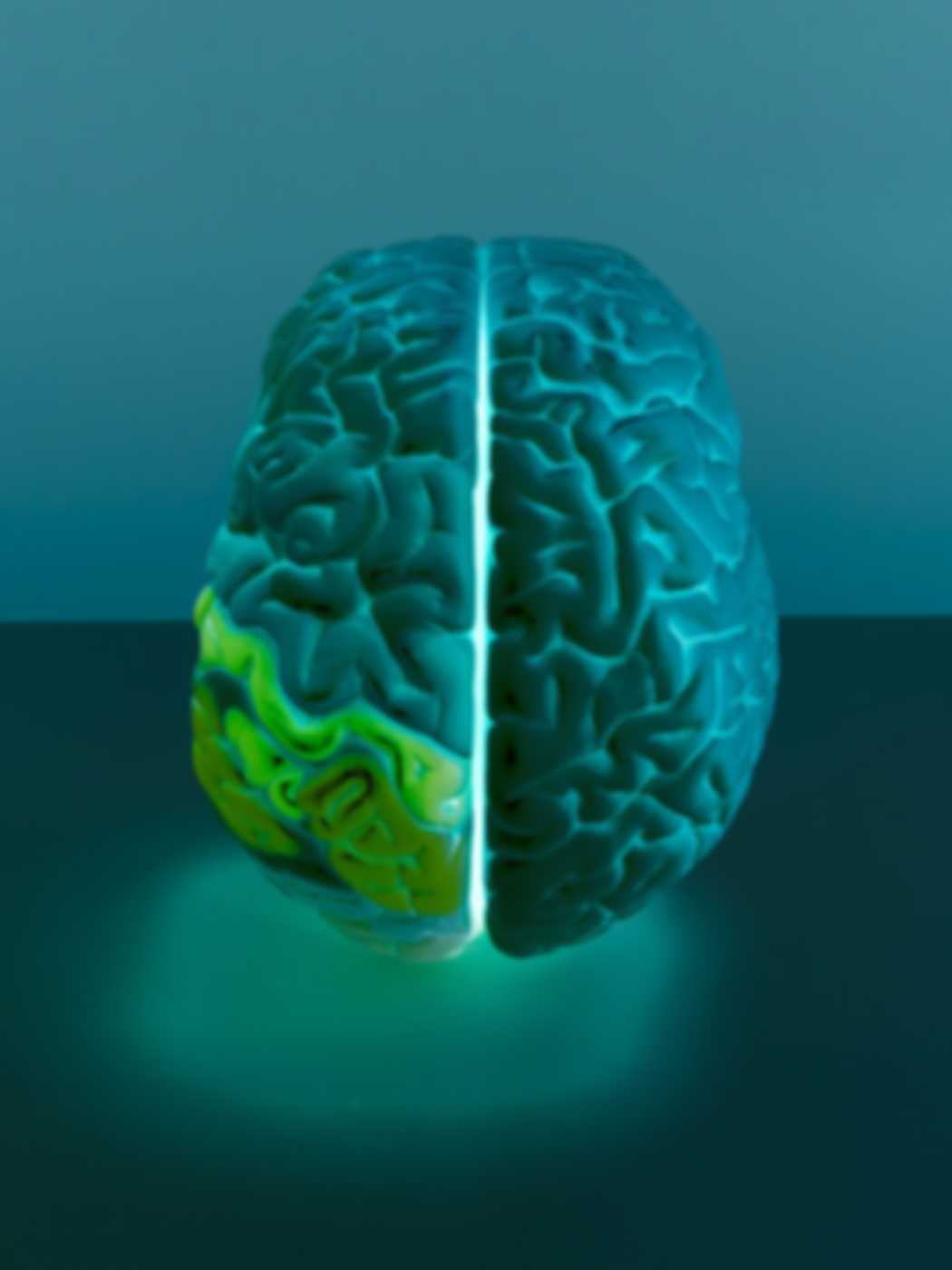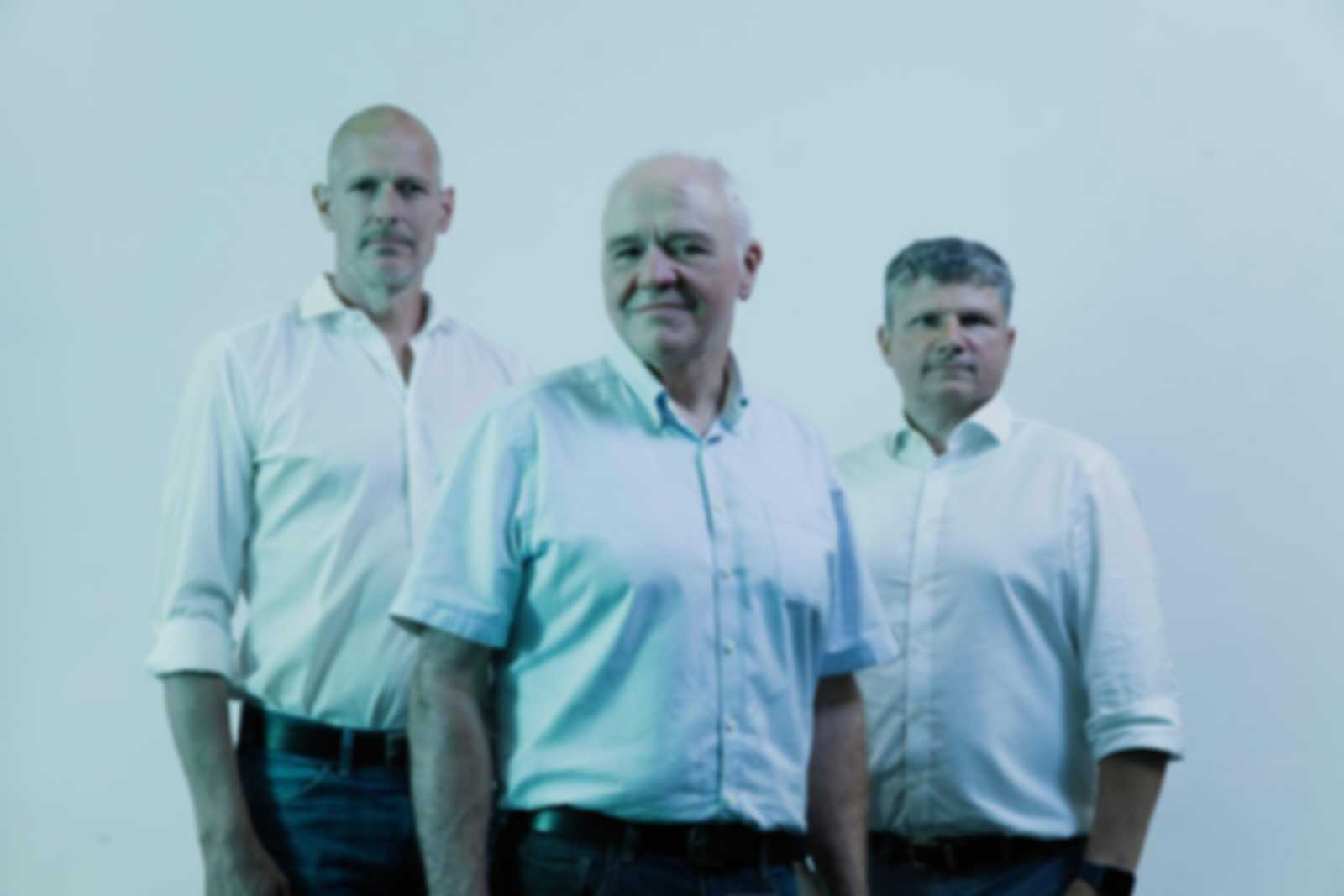The new industrial revolution is nano. How Nanogami is revolutionizing (not only) the healthcare sector

In order to explain what nanostructures made of DNA will be able to do in the future, we have to start by looking into yesterday and today for a bit,
says Jean-Philippe Sobczak, Nanogami's CSO. And he takes a step back: For the past 50 years, there has been a development toward increasingly accurate diagnosis of diseases: molecular diagnostics. Antigen tests, which have recently become a routine part of life for so many, exemplify this: you check whether an antigen, or molecule, is present in the body to diagnose a disease.
Sobczak calls this "advanced, but still relatively uncomplicated. Because actually, you'd like to look at a huge amount of molecules at the same time: which ones are there, and how many of them. And for that, you need high-throughput technologies. So-called biochips can make high-throughput molecular diagnostics possible, like this: A biochip contains patient samples with many different molecules. The chip is inserted into a reader, and the reader can read billions of sensors on the biochip in parallel. This tells you which molecules are present or not. And whether a patient is infected or diseased or not. So with today's bio-chip technologies of molecular diagnostics, you can already find out a lot about a patient. Much more than 50 years ago or 20 years ago. But still not nearly enough. And also not fast and cheap enough.

The innovation: super-functional, precisely programmable nanostructures
Jean-Philippe Sobczak explains further, Today, when you go to the doctor and give a blood sample to have various amounts of substances in your blood determined, it first has to be sent to a laboratory, is processed there by specially trained personnel, and then processed using very expensive readers. The data is then sent back to the doctor, often several days after the sample was taken. And in the process, only very few types of molecules can be analyzed.
Why is all this so costly so far? Roughly summarized: Molecules are very small. The devices or machines used to analyze and evaluate them, including the bio-chips I mentioned, are big. Too big. They are not yet able, or only with disproportionately immense effort, to grab and process individual molecules, e.g., to place them somewhere else, to label them, and so on. The big diagnostic problem is: molecules and analysis machines do not match together, are not tailored to work together.
This huge problem is solved by Nanogami with its nano-structures or machines made of DNA. Sobczak explains: We construct interfaces, so to speak: tiny objects that on the one hand are large enough to be specifically integrated into semiconductor chips or other microsystems. On the other hand, our objects are small enough to specifically incorporate a slot for a desired target molecule. The ingenious thing is that these
plug structures" then assemble themselves, much like biological systems. And this process happens billions of times over. So the innovation is a highly complex, super-functional, precisely purpose-programmable nano-structure of just the right intermediate size. This structure is then integrated into something macroscopic, such as a biochip. The result is a chip that contains billions of tiny machines, each of which performs very specific, predefined tasks.
THIS IS GOING TO REVOLUTIONIZE THE HEALTHCARE MARKET
Sobczak is sure that in the near future, everyday diagnosis will look like this: people will no longer send tissue or fluid samples to a laboratory for evaluation, where the x million euro analysis device is located, but will do it directly at the doctor's office or even themselves at home. Faster, cheaper, more detailed, more accurate. It is no wonder that Nanogami is receiving strong signals of interest, especially from life science and pharmaceutical companies that perform complicated molecular diagnostics: They have long been looking for single-molecule processing solutions to better understand the protein composition of tissues and body fluids, for example. For Sobczak, it's clear that nano-based molecular diagnostics will make truly customized therapies possible. Soon, highly personal, absolutely individual information will already be recognized in the diagnosis - and therapies will be able to be precisely tailored to it. That's personalized medicine,
says Jean-Philippe Sobczak. And we're getting very close already.



"This is so game-changing: building machines with complex functions at the nanoscale, making tools, possibly designing small production lines.«
A TEAM OF NANO-INITIATES
Nanogami is the SPRIND subsidiary founded in 2022. Behind it is a cooperation with tilibit GmbH, which was founded alongside Jean-Philippe Sobczak by Prof. Hendrik Dietz, one of the luminaries for biomolecular nanotechnology, who assists tilibit and Nanogami as a scientific advisor. The start-up initially operated purely as a service provider for a few universities and organizations that had expressed a need for DNA nanostructures. However, it quickly became clear that there was much more to tilibit - and its ideas and solutions were of burning interest to a large number of customers and players in diverse markets. Since 2019, Jean-Philippe Sobczak has therefore been devoting himself exclusively to perfecting and commercializing nanotechnology with a carefully selected, multidisciplinary team. Supported by SPRIND, this development will now be taken to the next level in the form of Nanogami.
This team of nano-initiates has a lot planned for the next few years. Sobczak puts it in soberly visionary terms: Our plan looks like this: We start simple. For now, the focus is on grabbing individual molecules with the nano-machines and integrating them into bio-chips at specific locations. Then we'll get more and more multi-layered.
In concrete terms, the next steps are to build ever more functionally complex nano-machines and biochips. And then coupling them to computer chips. Because if you manage to couple nano-machines with digital chips, really crazy things become possible. Then tilibit can revolutionize other markets and areas of life. For example, data storage. Or the production of quantum computers. Or monitoring pollutants in the air.
The potential of nano is gigantic.


Our nano-machines are small robots that can be mass-produced - and relatively cheaply and stably from a substance that is non-toxic to all of us: DNA.
By fall 2024, the team has come one step closer to its goal of creating novel biochips. The innovators are developing initial prototypes that will help to make existing DNA sequencing much more efficient. This should greatly reduce costs and enable a wider range of applications.
More about Nanogami: nanogami.bio
WHY WE ARE INVOLVED Because it enables us to take the lead in a future key technology in Germany. Because the potential is huge and real. Because we want to ignite an industrial revolution at the nano level with DNA origami.
WHAT WE DO Turning the research project into a business. Facilitate contacts to partners via SPRIND's extensive network of experts and inspire the best minds for the project. Specify the development steps over the five years.
ESTABLISH A MARKET FOCUS Out of the endless possibilities offered by this technology, establish a market focus (initially: molecular diagnostics market, later: even more complex applications). Make the project marketable. Establish a limited liability company.
PROVIDE RESOURCES IN TERMS OF BUDGETS AND EXPERTS Also provide human resources for the GmbH: an innovation manager and a project manager who take on hands-on management responsibility.
THAT'S THE POTENTIAL WE SEE: The true development of the nano-scale. The revolutionization of the health care system. Change the world.


November 22, 2021
What is nano origami? What can nano-robots do? And how are small(er) molecular structures changing the big world right now? Our host Thomas Ramge asks: Hendrik Dietz, Professor of Biophysics at the Technical University of Munich and co-founder of the nano-tech start-ups Tilibit and Nanogami.
Listen to the episode (in German)
How DNA Origami Disrupts Medicine and Becomes the New Cornerstone of Nano Robotics | DLDconference 2023





